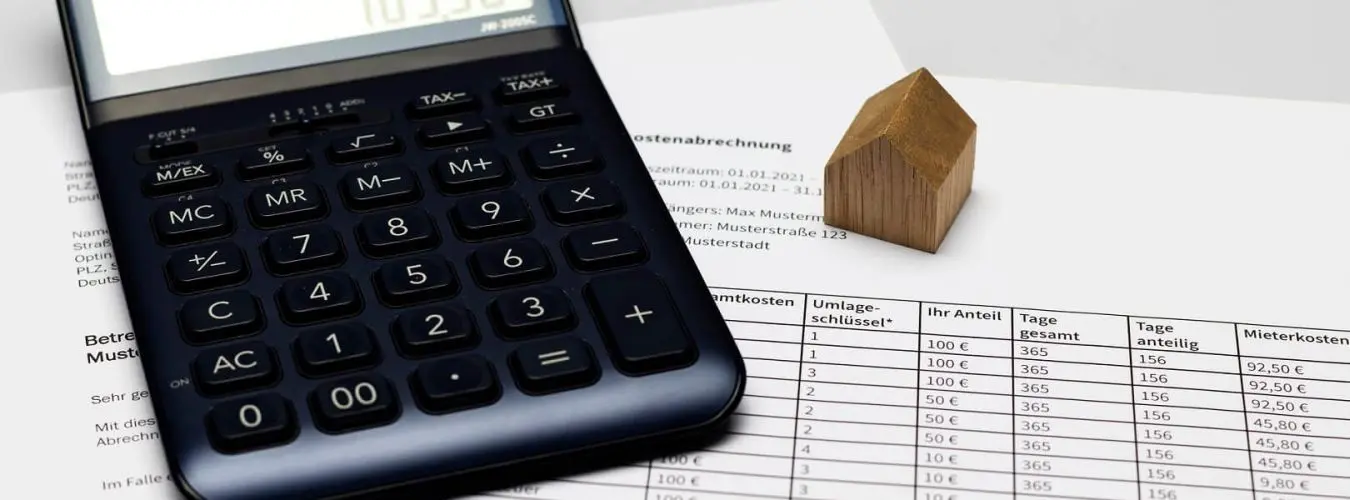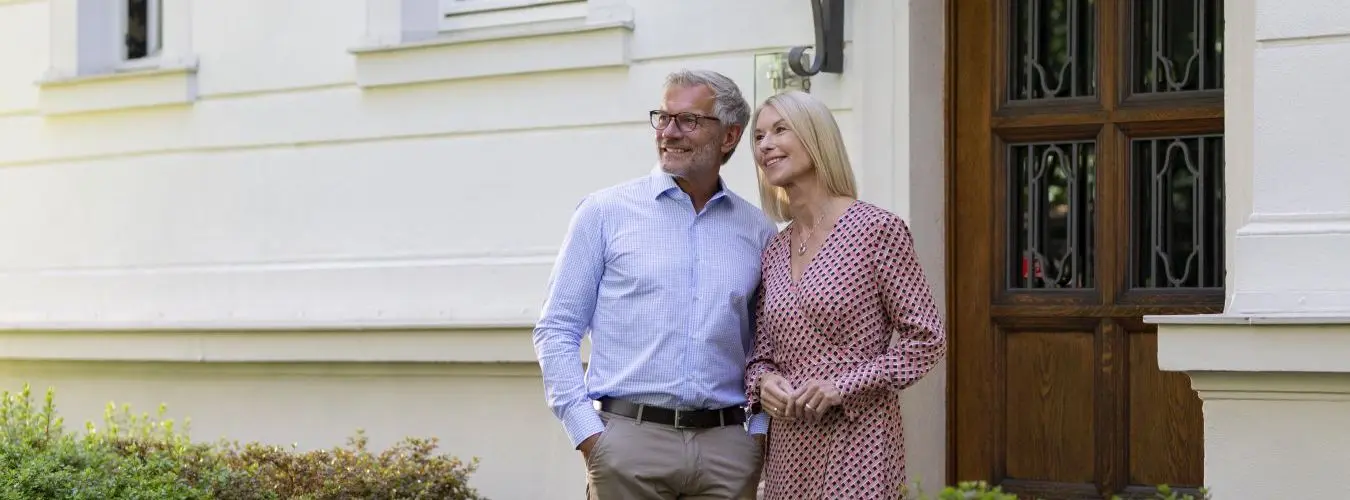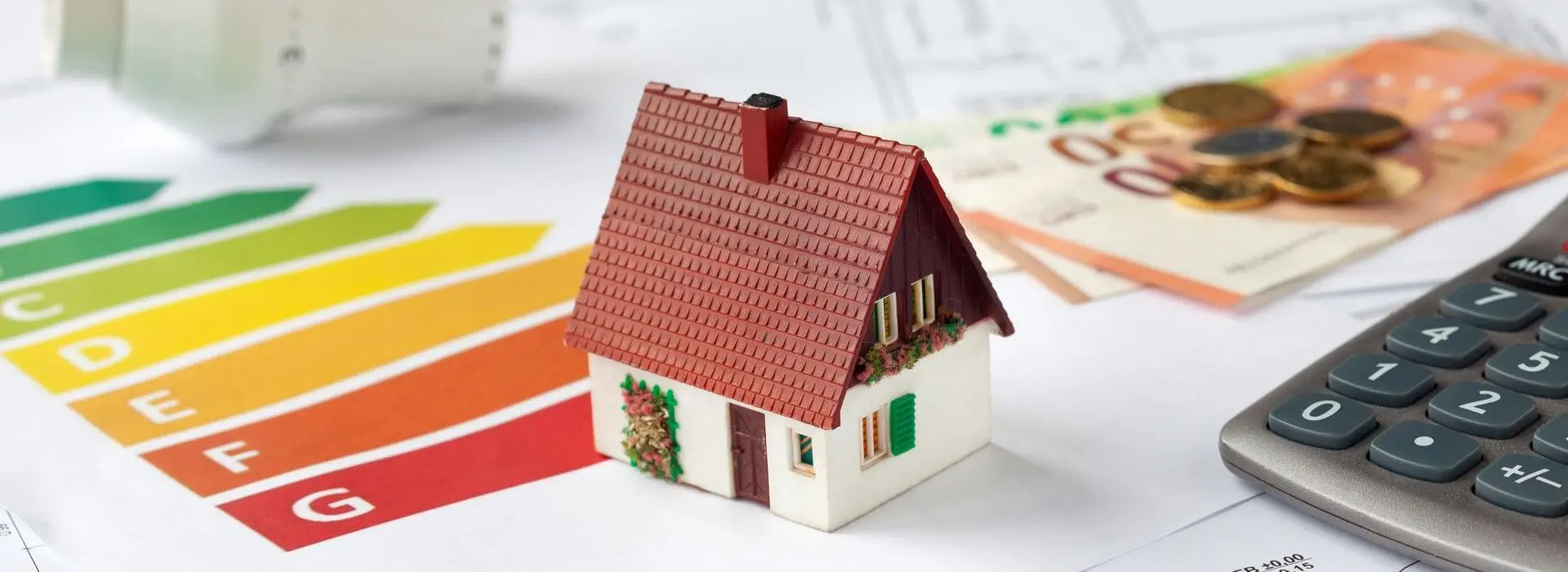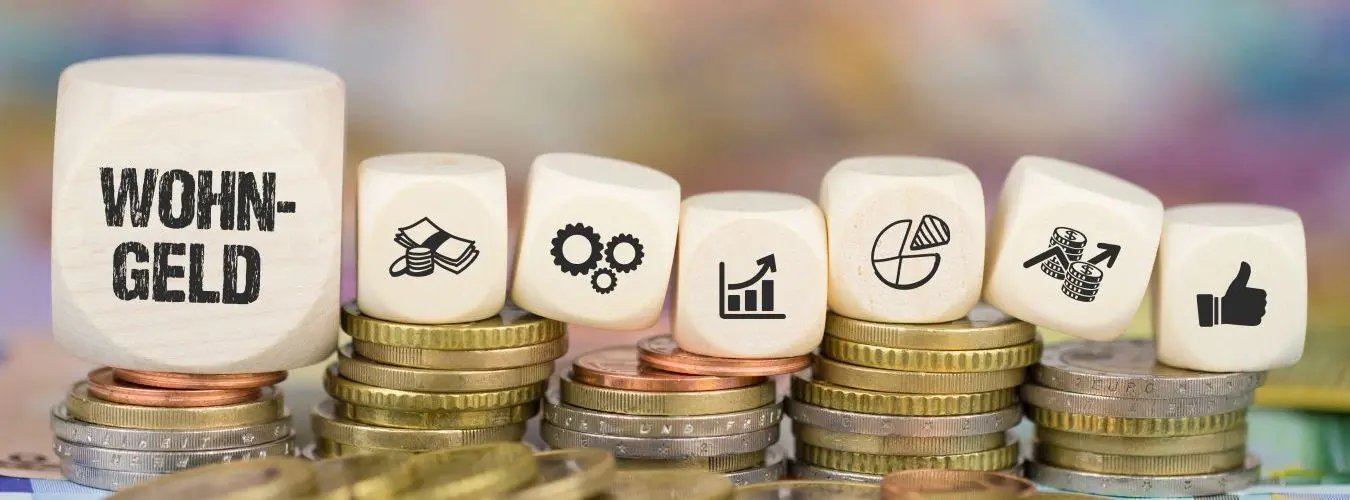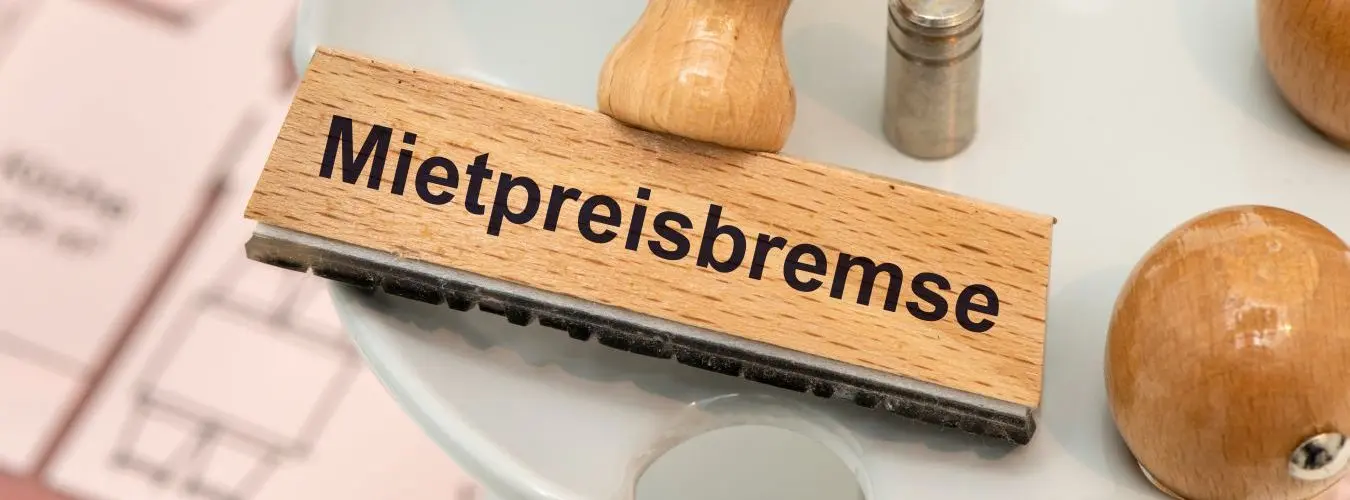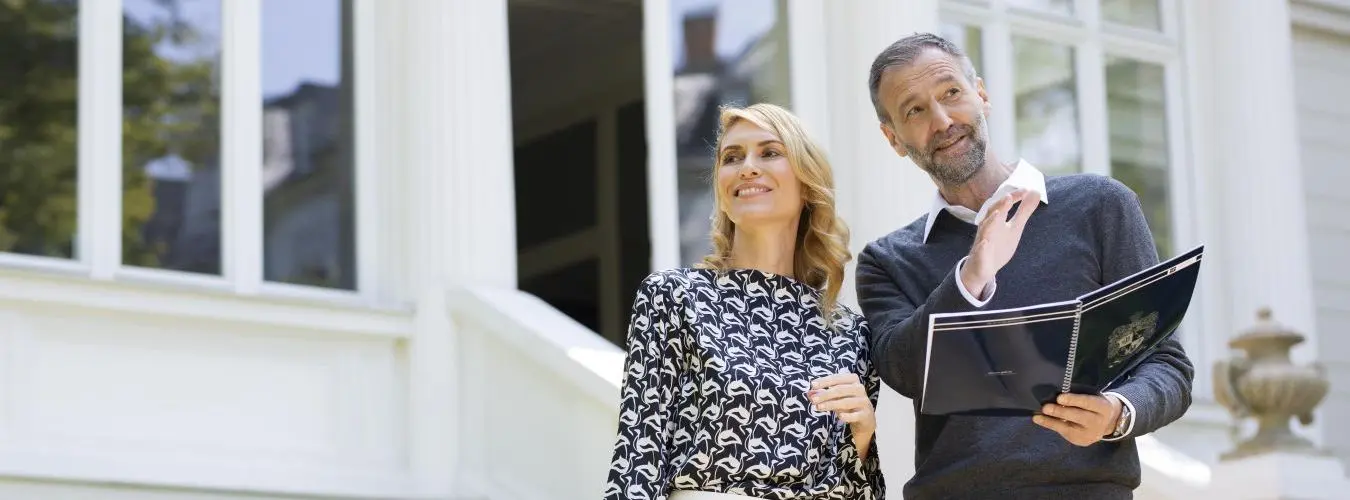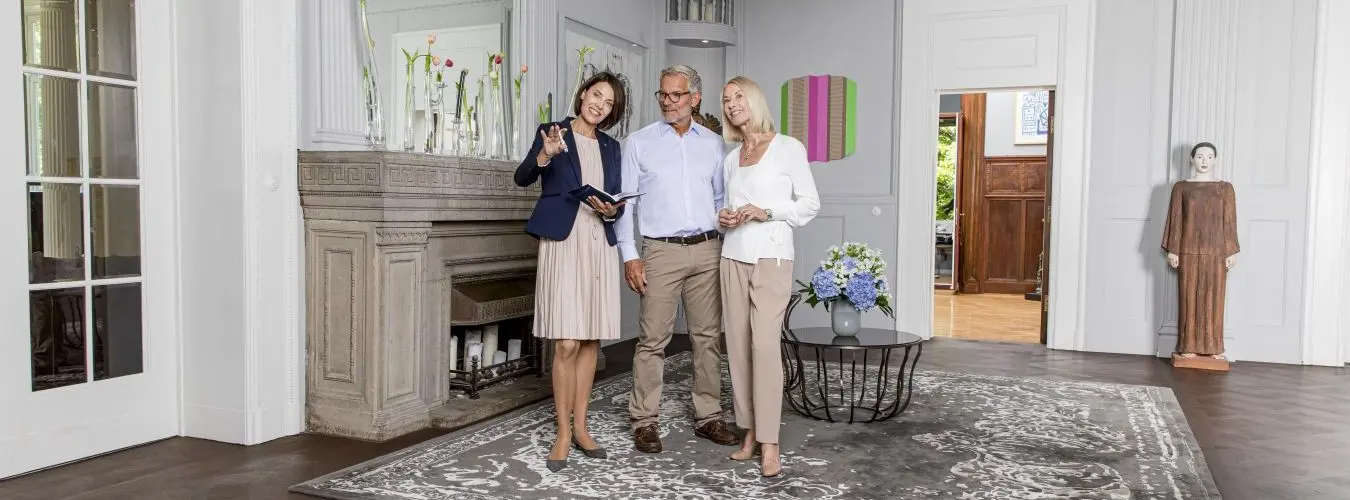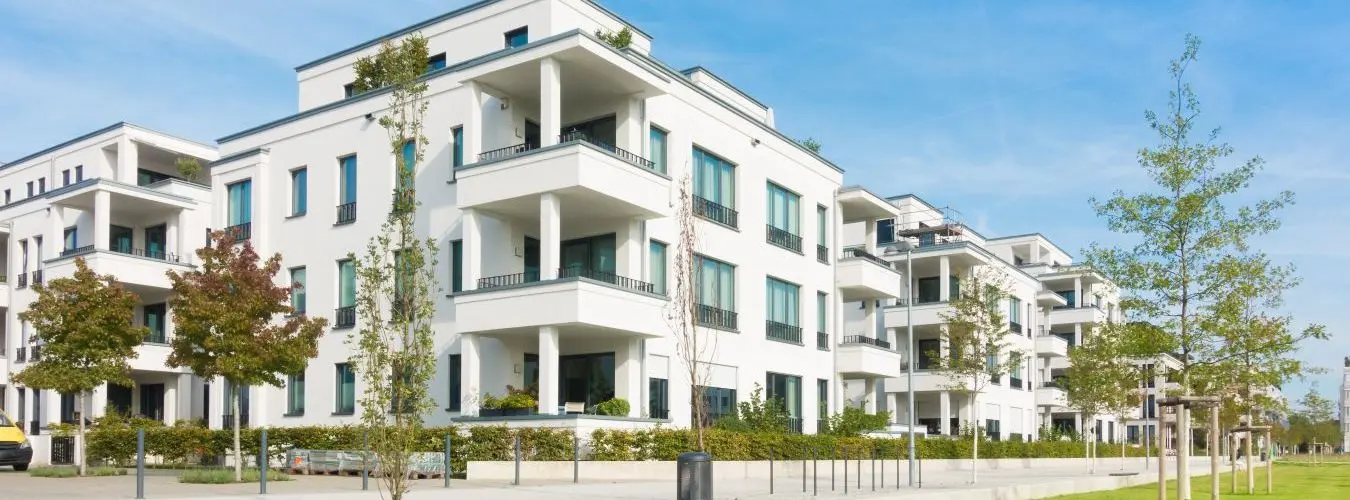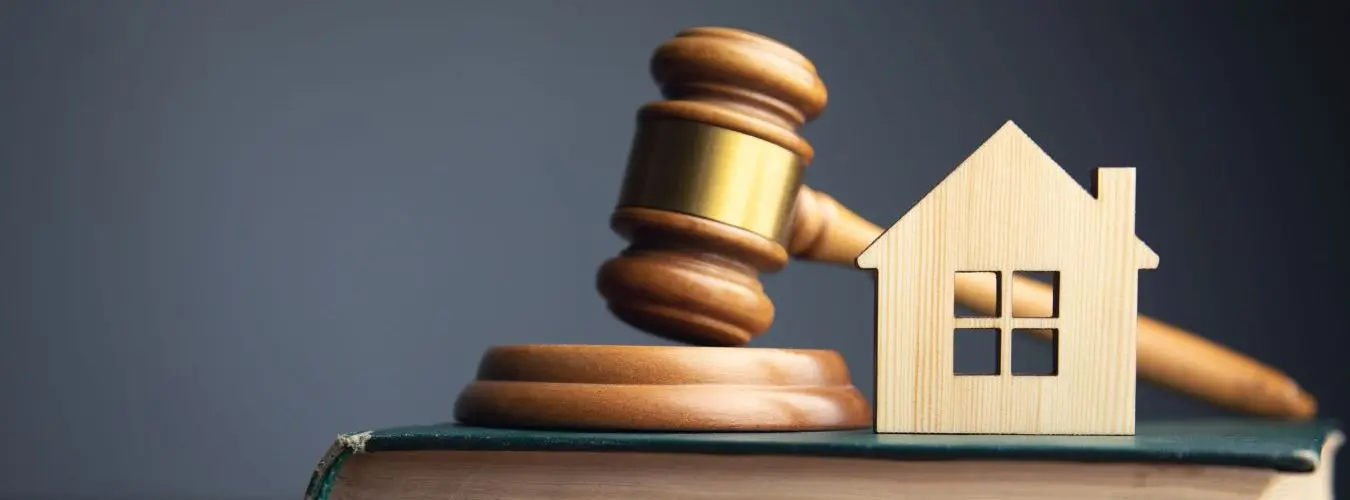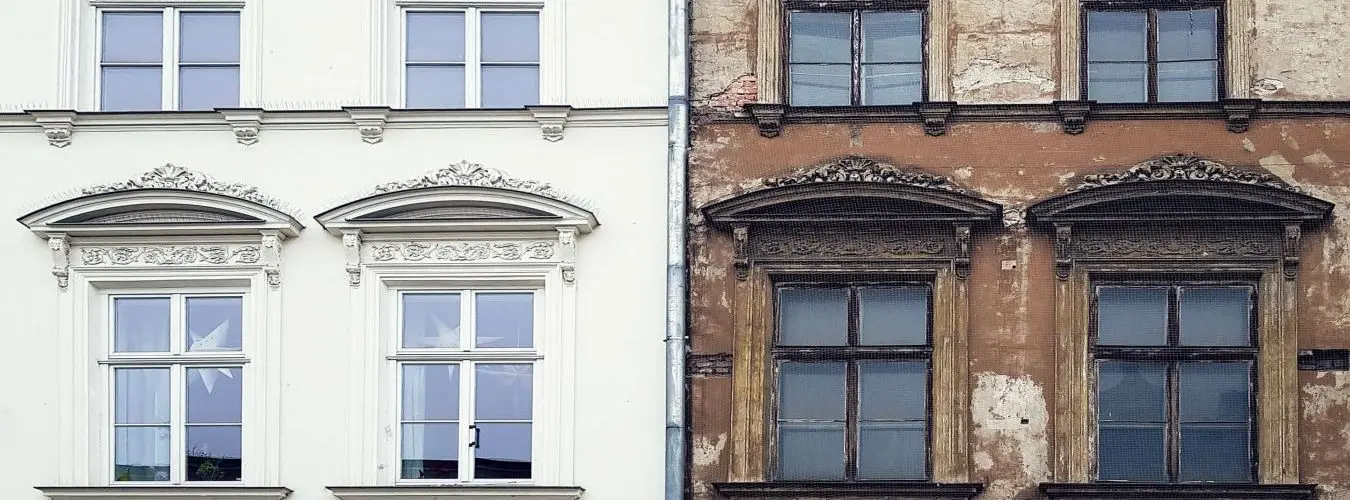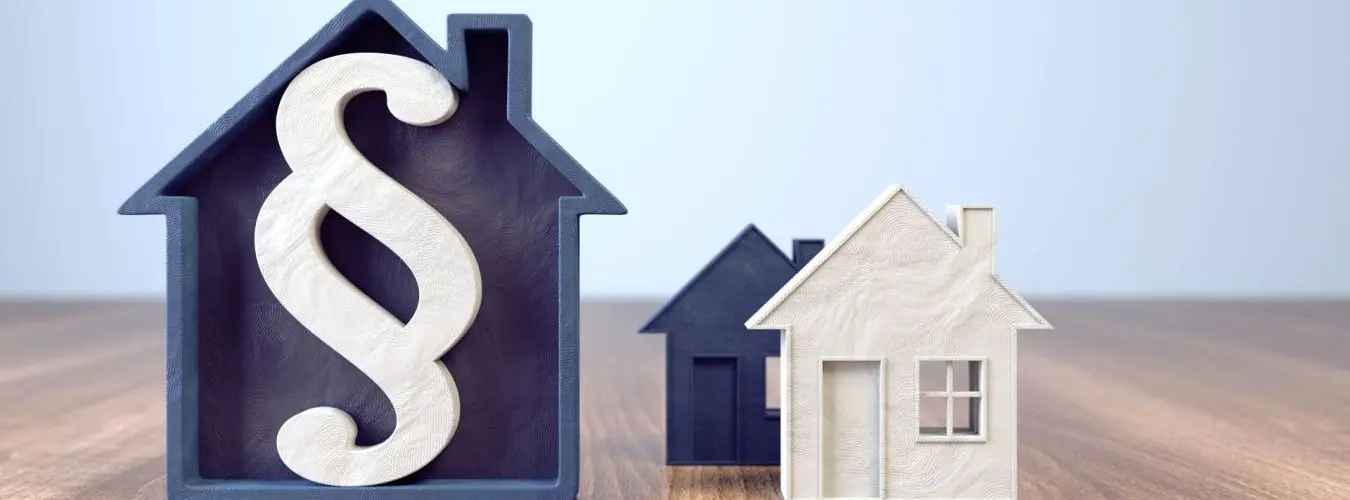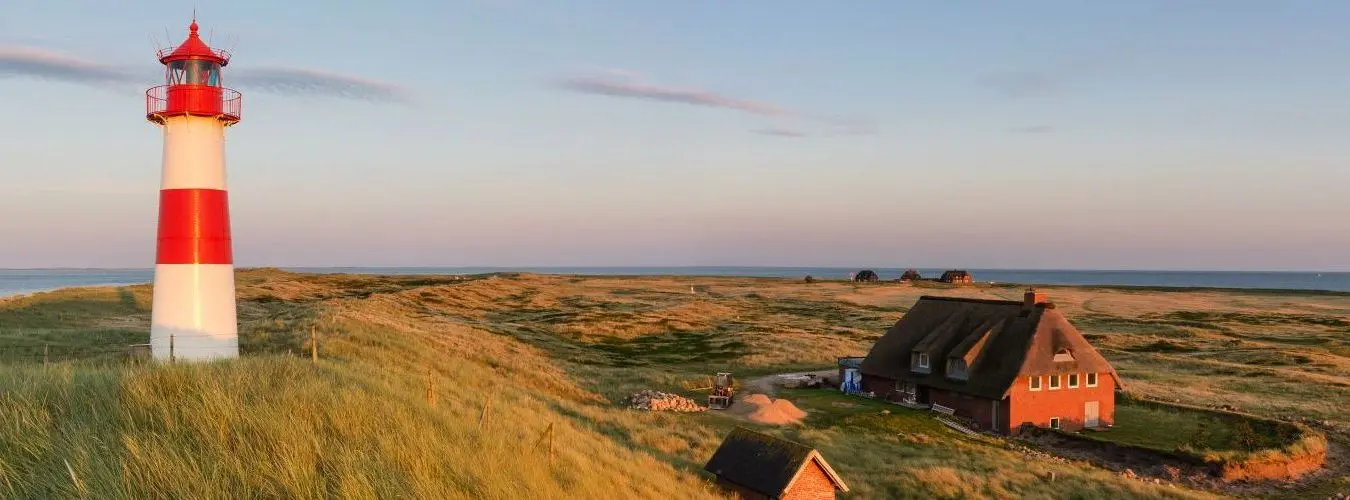"Green buildings" not only make an important contribution to climate protection. As an investment, sustainable real estate can also open up a range of opportunities. For investors, ethical aspects and return interests can often be reconciled.
What awaits you in this article:
- You will learn why it might make sense to invest in sustainable real estate.
- We explain what is behind the acronym "ESG" in sustainable investments.
- You will get a quick insight into the topic "Certificates and Criteria".

To the point: 5 good reasons for sustainable real estate
- 1. Often beckon higher rental income, as green real estate concepts are primarily interesting for tenants with good credit ratings.
- 2. Operating and maintenance costs are usually lower - this also opens up additional scope for higher rents.
- 3. The selling price for an ecological house is usually higher than for a conventionally built house.
- 4. The low-interest phase, which has been ongoing since 2007, makes the investment in future-oriented tangible assets particularly attractive.
- 5. Sustainable real estate complies with the energy specifications from the outset - this increases planning security.
In addition, there is the ethical aspect. With an investment in sustainable buildings, you as an investor have the opportunity to support the achievement of climate protection goals. In addition, as a sustainable investor, you improve the quality of life of future generations, as you invest in buildings that conserve natural resources.Our VON POLL IMMOBILIEN experts will be happy to introduce you to sustainable properties from our range. Here you can contact us directly.

Short and compact: That's why the three ESG criteria are so important
ESG (Environment - Social - Governance) criteria take on an important function in sustainable investments, as they enable the evaluation of the investment - in terms of its sustainability - according to objective criteria. Various sustainability ratings use these criteria as the basis for their analyses.
The three ESG criteria at a glance:
- 1. "E" for Environment. Evaluated here are features such as environmental pollution or hazards, greenhouse gas emissions or energy efficiency issues.
- 2. "S" for Social (Society). Here it is about aspects such as occupational health and safety, diversity or social commitment.
- 3. "G" for Governance (corporate management). The focus here is on topics such as corporate values or management and control processes.
If you want to know what challenges this poses for the real estate industry, you can here more information.

Certificates ensure transparency: here you can find out which ones are available
In different contexts, various sub-aspects are subsumed under the term sustainability.In contrast to the generally applicable ESG criteria that apply to sustainable investments, there are no uniform regulations for the framework conditions specifically for sustainable real estate. This is reflected, for example, in the fact that there are different test certificates on the market, which characterize the ecological quality of the property with different emphases. So here it is important to know the trustworthy certifiers and their assessment focus
These test seals of independent organizations you should know:
- - BREEAM:Behind it is one of the world's most respected methods for assessing the sustainability of infrastructure and buildings. The analysis covers the entire life cycle of a property, from new construction through use to refurbishment. To ensure objectivity, the BRE Group relies on a third-party audit for this purpose according to an extensive catalog of criteria.
- - LEED:The acronym stands for 'Leadership in Energy and Environmental Design' and refers to the world's most widely used rating system for environmentally designed buildings. The criteria catalog was created with the goal of providing a framework for healthy, highly efficient and cost-saving 'green buildings.'
- - DGNB:The name 'Deutsche Gesellschaft für Nachhaltiges Bauen' (German Sustainable Building Council) says it all - the non-profit organization is committed to ecological building on a wide variety of levels and provides a self-developed certification system that can be applied individually to almost all property types. Importantly, the certificate is available in platinum, gold and silver, which is helpful in the initial orientation to sustainability.

Among other things, the organizations take into account energy efficiency, a range of social criteria, sustainability in construction, use of resources and living comfort. If you as an investor have questions about the various certificates, please feel free to contact your investment advisor, a responsible builder or an architect.The bottom line is that there are many good reasons for investing in sustainable real estate. In each individual case, however, it is important to check the concrete ecological quality of the building. Existing test seals can give for this first references.
.
